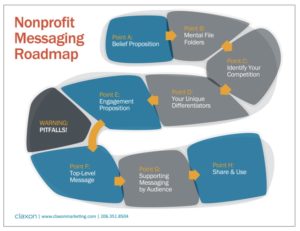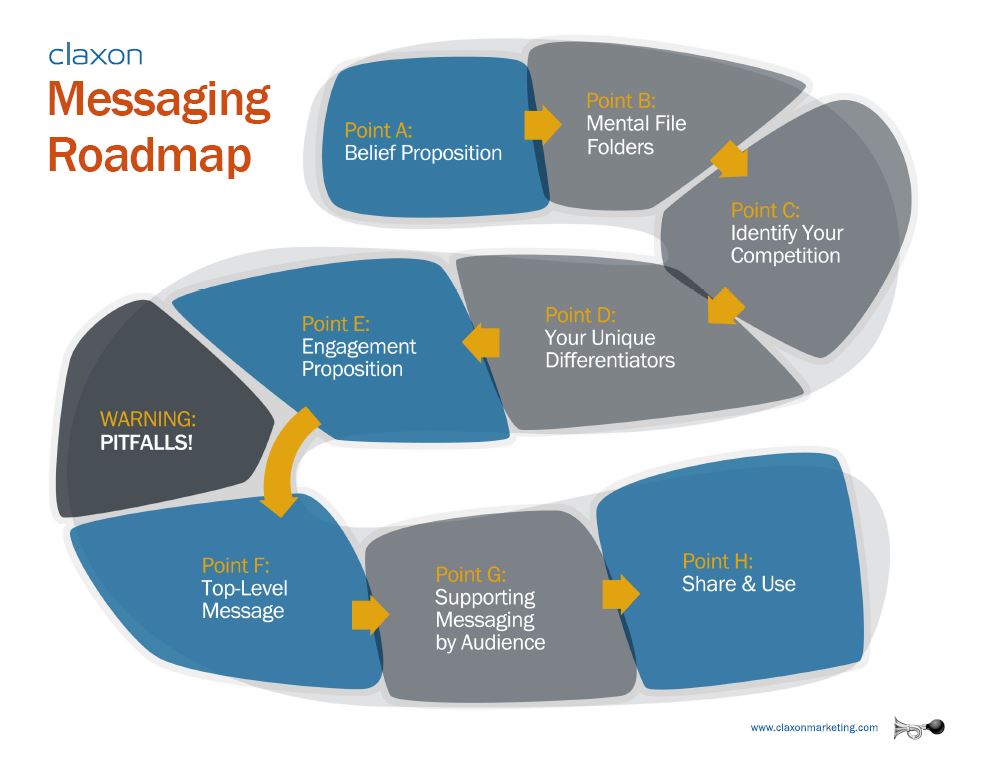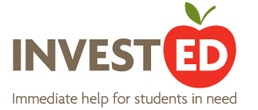 Bootcamp Week #6
Bootcamp Week #6
Avoiding Pitfalls
Pitfall #1: Talking about features vs. benefits
For most people, it’s much more comfortable to talk about how we do something than why. The why can feel nebulous, squishy. Better worlds, opportunity gaps, common good. Our brains struggle to understand concepts this big.
The how is specific. It is tutoring programs, immunization initiatives, the Picasso exhibit that just came to Seattle.
But our hearts yearn for the why. They thirst to know the benefit of what we are doing. Our hearts don’t care about features (i.e. the what and how of what you are doing). We engage first with our hearts, then our heads. That’s why it’s so important to talk about benefits and resist the temptation to talk about features. Features can wait.
Your supporters will naturally talk to you in “benefit-speak” so if you’re wondering what that sounds like for your organization, go ask!
Pitfall #2: Staying Brave (or Resisting the Urge to Quantify Everything)
If you’ve done your homework, your Engagement Proposition will feel big and brave. It should make you nod your head in agreement…and it should scare you a bit. You are doing big, brave work. Your messaging must do justice to that bravery.
You may not be able to statistically prove that your why matters, that it’s worthy of engagement. Initial engagement isn’t about numbers and stats and quantifiability. It’s about your gut. It’s about your beliefs. It’s about your heart.
If you try to quantify your beliefs, you will end up with messaging that shies away from what you really want to do, to achieve.
To avoid this pitfall, don’t wimp out. Stay brave.
This Week’s To-Do
Revisit your Engagement Proposition. Change any features to benefits and make sure it does justice to what you believe.
Next Week
Top-Level Message. Woo hoo!
About Claxon’s Nonprofit Messaging Bootcamp
This is week #6 of our Nonprofit Messaging Bootcamp. If you’re just joining the Bootcamp, here’s what you need to do to get started.
- Download the Nonprofit Messaging Roadmap,
- Sign up for our free Tune-Up Tuesday videos,
- Complete messaging to-do’s outlined for you each week on our blog, and
- Get caught up by reading posts from Week #1, Week #2, Week #3, Week #4, and Week #5!


 Bootcamp Week #2: If you’re just joining the Bootcamp, here’s what you need to do to get started: 1.
Bootcamp Week #2: If you’re just joining the Bootcamp, here’s what you need to do to get started: 1. 

